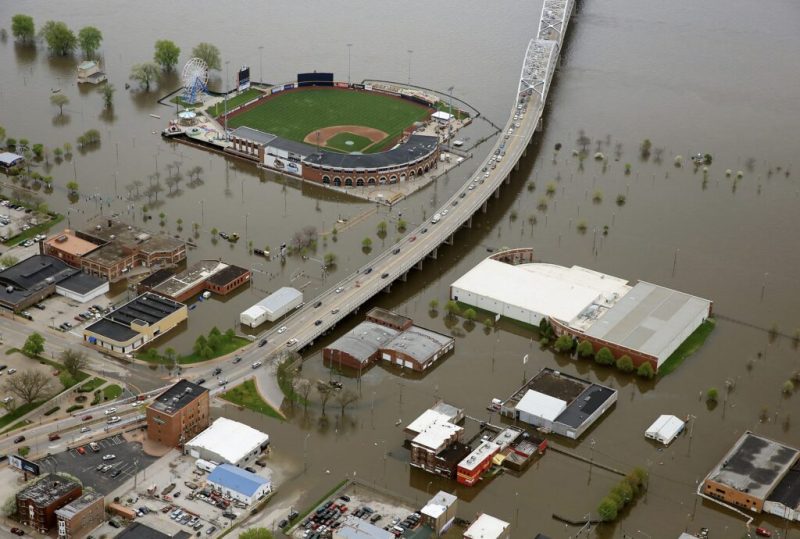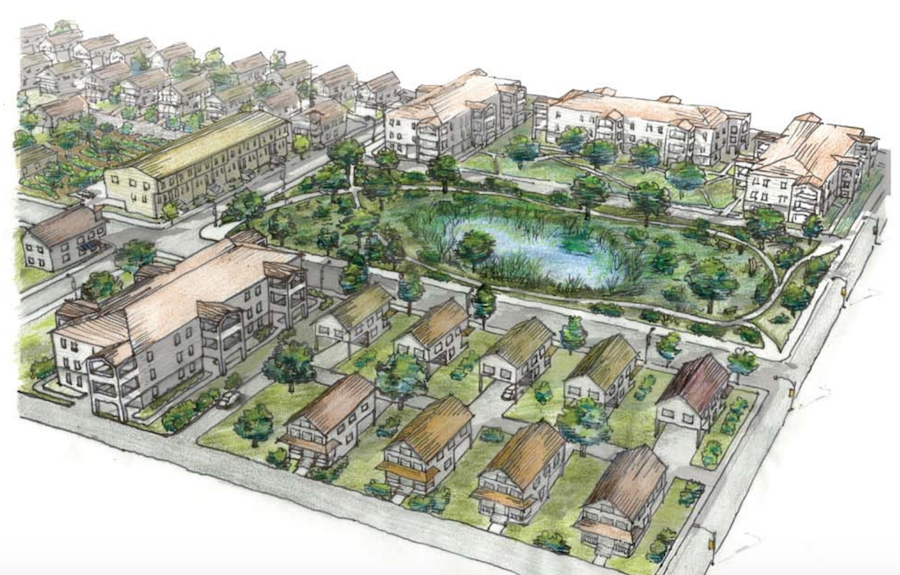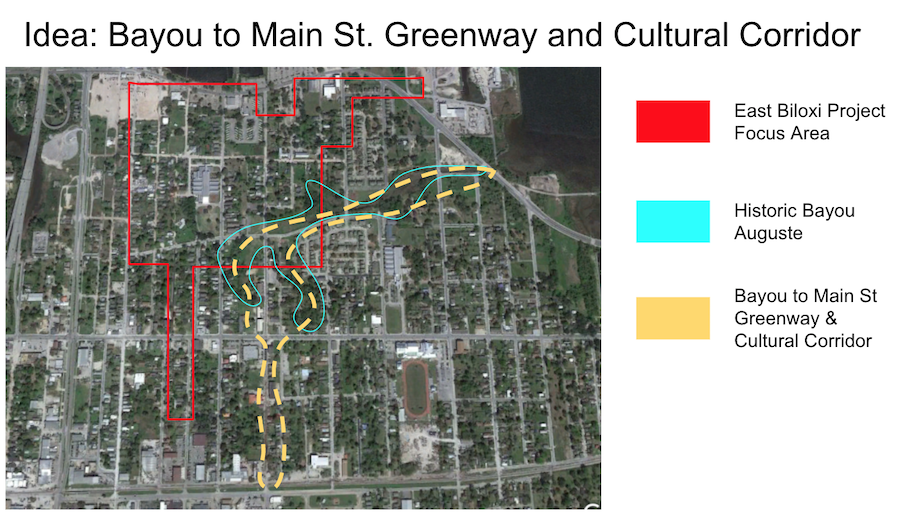
Biloxi NAACP, founded in 1944, fights for the survival of East Biloxi, a predominantly Black community in Biloxi, Mississippi struggling with neglect, volatile weather, and environmental injustice. Hurricane Katrina destroyed 80% of the city’s housing and coastal heritage sites, and high insurance costs and floodplain construction requirements make rebuilding challenging. Biloxi NAACP is working to transform vacant lots and buildings into public spaces that mitigate the impact of rising seas. Following Hurricane Katrina, the Biloxi NAACP worked with the city on the Comprehensive Biloxi Revitalization Plan. Their goal is to create an eco-district through the East Biloxi Neighborhood Improvement Strategy, which combines preservation of the area’s African American history and legacy at historical sites with green infrastructure aimed at flood resiliency. Biloxi NAACP strives to ensure that the people of East Biloxi have the resources they need to survive and thrive despite the challenges they face.
The Comprehensive Biloxi Revitalization Plan included the designation of East Biloxi as an eco-district through the East Biloxi Neighborhood Improvement Strategy (EBNIS). Subsequent research and surveys such as the East Biloxi African American and Civil Rights Historic Survey of 2017 were incorporated into a Community Needs Assessment in 2019 conducted in collaboration with East Biloxi Community Collaborative (EBCC) and the Gulf Coast Regional Collaborative, which identified community priorities through photovoice projects, community mapping, and public surveys.

Rendering of East Biloxi Resilient Neighborhood Concept.
Currently, the Biloxi NAACP Environmental Climate and Justice Committee is seeking expertise from the American Planning Association, Mississippi State University, Buy-In Community Planning and conservation organizations to implement a green infrastructure project in East Biloxi’s historic district. It is also collaborating with the Steps Coalition to create a community solar power farm and redevelop a historic district in East Biloxi under the Eco-District designation.

Biloxi NAACP is leading a multi-partner collaboration to design and implement green infrastructure in East Biloxi.